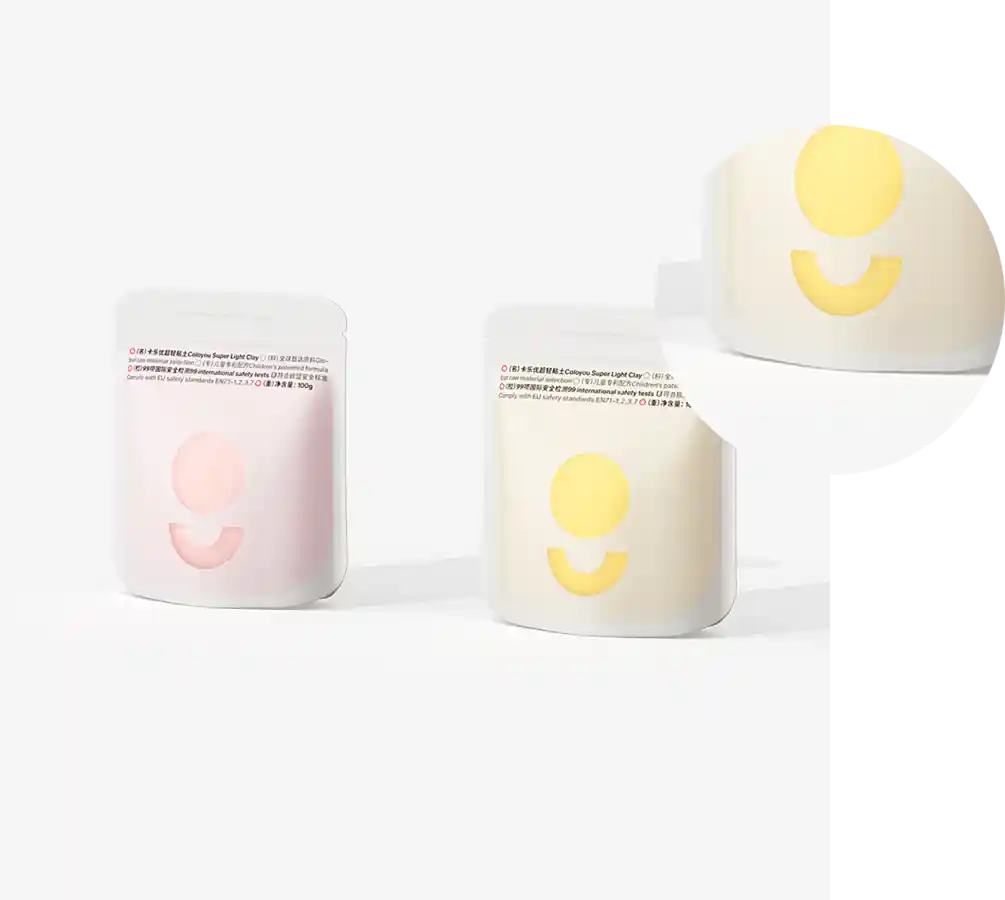- Afrikaans
- Albanian
- Amharic
- Arabic
- Armenian
- Azerbaijani
- Basque
- Belarusian
- Bengali
- Bosnian
- Bulgarian
- Catalan
- Cebuano
- chinese_simplified
- chinese_traditional
- Corsican
- Croatian
- Czech
- Danish
- Dutch
- English
- Esperanto
- Estonian
- Finnish
- French
- Frisian
- Galician
- Georgian
- German
- Greek
- Gujarati
- haitian_creole
- hausa
- hawaiian
- Hebrew
- Hindi
- Miao
- Hungarian
- Icelandic
- igbo
- Indonesian
- irish
- Italian
- Japanese
- Javanese
- Kannada
- kazakh
- Khmer
- Rwandese
- Korean
- Kurdish
- Kyrgyz
- Lao
- Latin
- Latvian
- Lithuanian
- Luxembourgish
- Macedonian
- Malgashi
- Malay
- Malayalam
- Maltese
- Maori
- Marathi
- Mongolian
- Myanmar
- Nepali
- Norwegian
- Norwegian
- Occitan
- Pashto
- Persian
- Polish
- Portuguese
- Punjabi
- Romanian
- Russian
- Samoan
- scottish-gaelic
- Serbian
- Sesotho
- Shona
- Sindhi
- Sinhala
- Slovak
- Slovenian
- Somali
- Spanish
- Sundanese
- Swahili
- Swedish
- Tagalog
- Tajik
- Tamil
- Tatar
- Telugu
- Thai
- Turkish
- Turkmen
- Ukrainian
- Urdu
- Uighur
- Uzbek
- Vietnamese
- Welsh
- Bantu
- Yiddish
- Yoruba
- Zulu
Exploring the Benefits and Applications of UV-Cured Coatings in Modern Industries
Understanding UV Coatings A Revolutionary Solution for Surface Protection
UV coatings have emerged as a significant innovation in the realm of surface protection, offering a range of benefits that traditional coatings cannot match. With increasing demands for durability, aesthetics, and sustainability in various industries, UV coatings are becoming the go-to solution for enhancing the lifespan and appearance of products.
What are UV Coatings?
UV coatings are specialized finishes that are cured using ultraviolet (UV) light. This process transforms the liquid coating into a solid form, creating a protective layer on the surface of materials such as paper, plastic, metal, and wood. The curing process occurs almost instantaneously, which allows for greater efficiency in production and provides a robust, high-quality finish.
Advantages of UV Coatings
1. Durability and Hardness One of the primary advantages of UV coatings is their exceptional hardness. The curing process creates a tough surface that is resistant to scratches, wear, and chemical damage. This makes UV-coated products ideal for high-traffic areas and items that are subjected to regular usage.
2. Enhanced Aesthetics UV coatings come in various finishes, including gloss, matte, and satin. These finishes enhance the visual appeal of products, providing a professional and polished look. The curing process also produces a high level of clarity, allowing colors and designs to pop and remain vibrant over time.
uv coatings

3. Speed and Efficiency The UV curing process is remarkably quick, often taking just seconds to complete. This rapid curing time increases production efficiency, allowing manufacturers to produce and finish more products in a shorter time frame. This aspect is particularly beneficial in industries with high turnover rates, such as packaging and printing.
4. Eco-Friendliness With increasing environmental awareness, UV coatings stand out as a more sustainable option compared to traditional coatings that often contain solvents and volatile organic compounds (VOCs). UV coatings release minimal emissions, reducing their environmental impact and improving workplace safety.
5. Versatility UV coatings can be applied to a wide range of substrates, including wood, paper, plastics, and metals. This versatility makes them suitable for various applications, from consumer goods like smartphone cases and furniture to industrial products and automotive parts.
Applications of UV Coatings
The versatility and benefits of UV coatings have led to their adoption across various industries. In the printing industry, UV coatings are used to enhance the durability and appearance of printed materials, such as packaging, brochures, and business cards. In the furniture industry, UV coatings protect surfaces while providing a visually appealing finish. The automotive sector also utilizes UV coatings for parts that require high resistance to scratches and UV exposure.
Conclusion
UV coatings represent a significant advancement in surface protection technology. Their durability, aesthetic appeal, quick curing times, and eco-friendly properties make them a preferred choice for manufacturers seeking to enhance their products. As industries continue to evolve and prioritize quality, efficiency, and sustainability, the use of UV coatings is expected to expand further, heralding a new era of innovative surface finishing solutions. Whether you're a manufacturer striving for excellence or a consumer seeking longevity in your purchases, UV coatings provide a perfect blend of performance and aesthetics.













